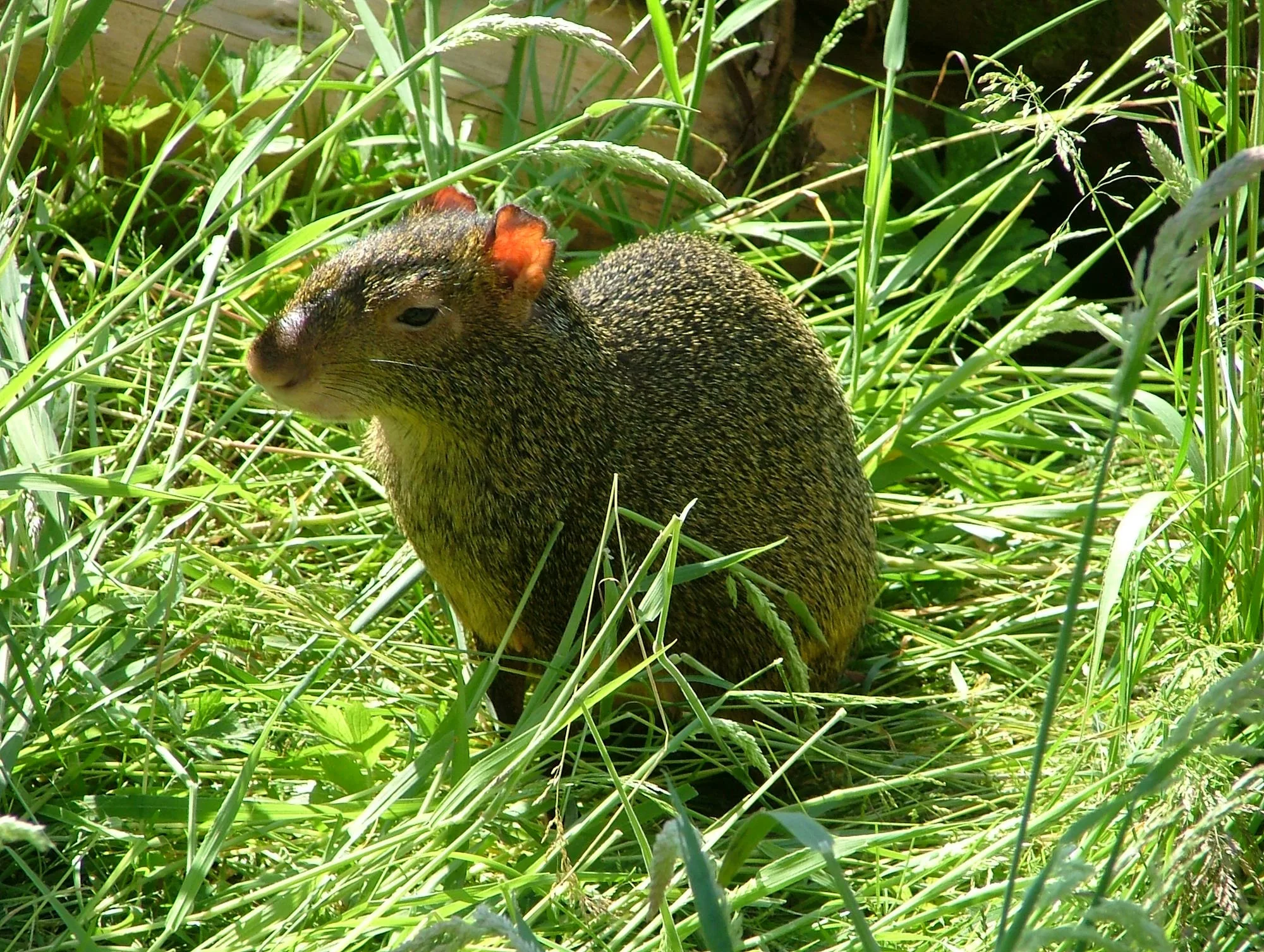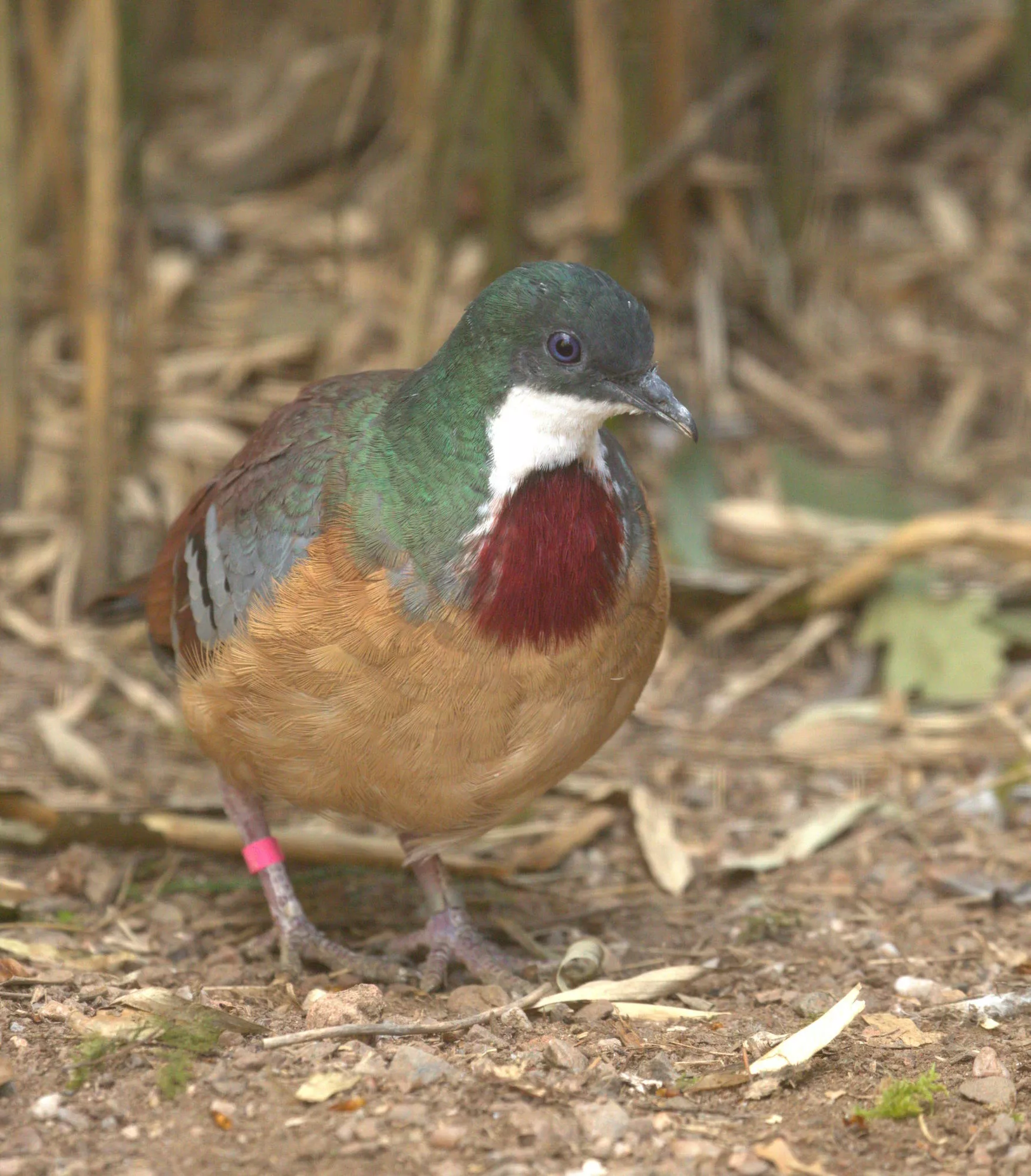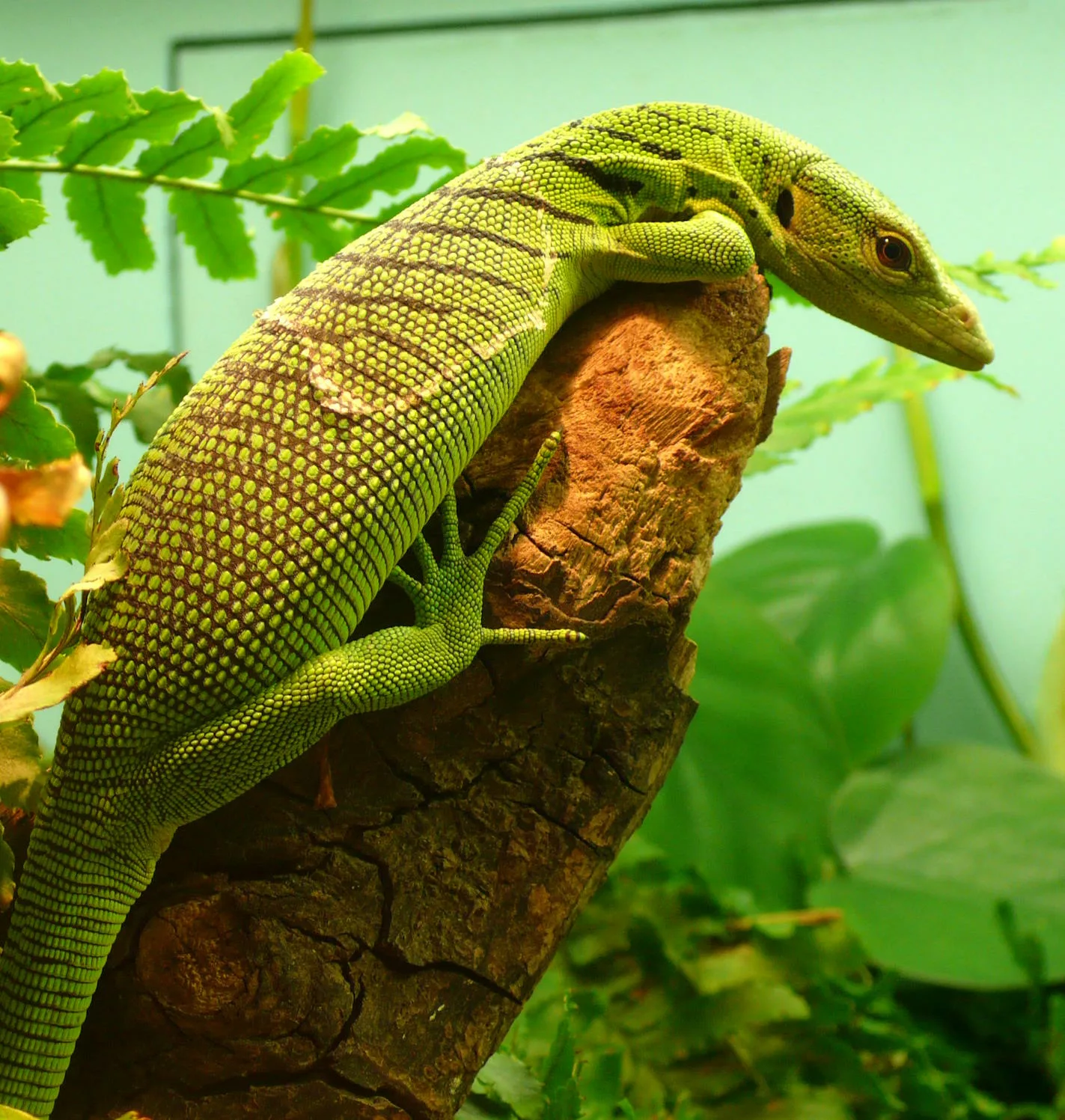
Rhinoceros/Mona iguana
Scientific name: Cyclura cornuta
IUCN listed as: Critically Endangered
Learn before you visit!
Here are some facts about the species – Discover what they eat, find out about their natural habitat, see what they like to do, and more… Set the reading style to suit you too, everyday speak or something aimed towards children.
Child-friendly
Everyday
Diet
The Rhinoceros Iguana is primarily herbivorous, feeding on a variety of leaves, fruits, flowers, and berries. They have also been known to consume small amounts of animal matter such as insects, small animals, and carrion, which provides essential protein. This varied diet is crucial for maintaining their health and supporting their robust size. They play an important role in their ecosystem by aiding in seed dispersal through their droppings. Maintaining a diverse diet helps them thrive in their harsh, rocky habitats.
Rhinoceros Iguanas mostly eat plants like leaves, fruits, and flowers. Sometimes they eat insects and small animals for extra protein. Their diet helps them stay strong and healthy. By eating different things, they help spread seeds in their environment.
Breeding
Rhinoceros Iguanas breed during the wet season, which varies depending on their location. Females lay clutches of 5 to 20 eggs in burrows or sandy areas, which they guard diligently. The eggs incubate for about 75 to 90 days before hatching. Hatchlings are independent from birth and must fend for themselves. High hatchling mortality rates make the species’ survival challenging, highlighting the need for conservation efforts.
Rhinoceros Iguanas lay eggs during the wet season. A female can lay up to 20 eggs in a burrow. The eggs hatch in about three months, and the babies must survive on their own. Many baby iguanas don’t survive, which is why protecting them is important.
Habitat
Rhinoceros Iguanas are native to the Caribbean islands, primarily found in Haiti and the Dominican Republic. They prefer rocky, coastal areas with sparse vegetation and plenty of sunlight. These environments provide ample basking sites and hiding places. Habitat destruction due to human activities poses a significant threat to their survival. Conservation efforts focus on protecting and restoring their natural habitats to ensure their long-term survival.
Rhinoceros Iguanas live on Caribbean islands like Haiti and the Dominican Republic. They like rocky, sunny areas with some plants. These places give them spots to sunbathe and hide. Human activities are destroying their homes, so protecting these areas is important.
At the zoo
Rhinoceros Iguanas are often found in zoos, where they are provided with environments that mimic their natural rocky habitats. Zoos offer a diet similar to what they eat in the wild, including leafy greens, fruits, and vegetables. These iguanas are popular in educational programs, helping raise awareness about their conservation status. Breeding programs in zoos are vital for maintaining genetic diversity and supporting reintroduction efforts. Observing these iguanas in captivity helps people appreciate their unique characteristics and the importance of preserving their natural habitats.
Zoos create rocky habitats for Rhinoceros Iguanas and feed them leafy greens, fruits, and veggies. These iguanas help teach people about conservation. Zoos also run breeding programs to help keep them from going extinct. Seeing these iguanas in zoos helps people understand why we need to protect them.
Behaviour
Rhinoceros Iguanas are diurnal, meaning they are active during the day. They are territorial and can be quite aggressive when defending their territory. These iguanas are excellent climbers and swimmers, adapting well to their rocky coastal habitats. Social interactions include head bobbing and body displays to communicate dominance or submission. Their behaviour is influenced by environmental factors such as temperature and the availability of food and water.
Rhinoceros Iguanas are active during the day. They protect their territory and can be aggressive. They are good climbers and swimmers, living well in rocky areas. They use head movements and body displays to talk to each other.
Fun facts
- Distinctive Horns: They have horn-like structures on their heads, resembling a rhinoceros.
- Longevity: They can live up to 20 years in the wild and even longer in captivity.
- Seed Dispersers: Their diet helps in dispersing seeds, crucial for the ecosystem.
- Colour Change: They can change their skin colour to regulate body temperature.
- Unique Name: The name “Cyclura” means “circular tail” in Greek.
- Cool Horns: They have horn-like bumps on their heads, like a rhino.
- Long Lives: They can live up to 20 years or more.
- Seed Helpers: They help spread seeds by eating different plants.
- Colour Changers: They can change their skin colour to stay cool or warm.
- Special Name: Their name means “circular tail” in Greek.
More animals to discover at our zoo
Quick Links
Tickets & Prices
You can buy tickets for Exmoor Zoo securely online, as well as finding out more price options, discover offers, and more…
What’s on…
Exmoor Zoo hosts incredible Events all through the year. You can find out about what we’ve got in store here…
Routes & info
Like any great discovery, Exmoor Zoo can feel a little off the beaten path – but don’t worry – you can plan your journey with our recommended routes and other useful travel info.



























